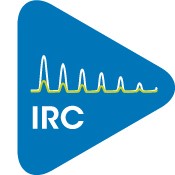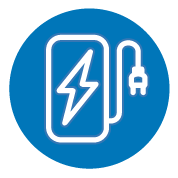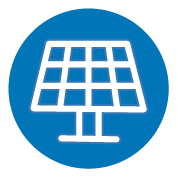GENERAL QUESTIONS | |
| From Monday to ThursdayFrom 8.15 a.m. till noon From 12.45 p.m. till 5.15 p.m. FridayFrom 8.15 a.m. till noon From 12.45 p.m. till 4 p.m. EREA will be closed on these dates:
If you like to be kept informed about our closing days and the permanence of our customer service? Subscribe to our monthly newsletter. Or follow us on Facebook or LinkedIn. WholesalerYou can contact us by telephone, fax or e-mail. T +32 (0) 3 355 16 00 F +32 (0) 3 355 16 01 OEM – Original Equipment ManufacturerYou can contact us by telephone, fax or e-mail. T +32 (0) 3 355 16 00 F +32 (0) 3 355 16 01 Installer/individual customerYou can contact a local wholesaler. EREA Energy Engineering? Transformers!EREA is entirely focusing on the development, production and sale of industrial low-voltage transformers and related solutions. Our basis principle is “transforming energy”. EREA Energy Engineering: BackgroundYou know most probably EREA as a leader in the production of industrial transformers. As per January 1st 2014, the current management team took over the activities of the company and will continue operating as EREA Energy Engineering. Until then, the Belgium-based Niko Group had been a solid and dependable partner. Following a repositioning of the industrial vision, that activity no longer fits into their strategy. For that reason, the current management team decided to continue with its vision on industrial transformers and an even more client-oriented approach as an independent company. As per January 1st 2014, EREA Industrie is being taken over by the current management team and from now on will operate independently as EREA Energy Engineering. What does this mean for our partners?This takeover guarantees the continuation of the company's activities. After all it concerns a Management Buy-Out in which the current management, with its expertise and knowledge of our markets, customers and suppliers are taking over the company's operations. You can rest assured that we will handle all your orders with the same dedication and commitment. This also means that EREA Energy Engineering BVBA will take over all existing contracts with you. You can find us, at the ready, with the same personnel, at the same location with the same e-mail addresses and telephone numbers as before. Who are our customers?The products developed by Energy Engineering BVBA are used in various industrial applications, such as medical applications, medical spaces, lifts, heat pumps and charging systems, as well as marine, off-shore and transport applications. As such, our customers are mainly industrial users, installers and integrators. What do we promise you?EREA provides sound technical assistance, produces custom energy-efficient quality products and aims to deliver them to you within the agreed deadlines at a competitive price. Competence in what we do and consistency in what we promise result in the reliability you deserve as a customer. That is what EREA stands for as a brand. Can you also help me with my technical realisation? EREA Energy Engineering is more than a manufacturer of transformers and related solutions. In the context of public and private tenders, we carry out technical studies in cooperation with you, calculate costs and take care of administrative formalities. We also deliver according to your delivery schedule. In certain projects, we take care of commissioning. Does EREA still supply electronic halogen convertors or LED products? No, since 2013 EREA has focused entirely on wirewound transformers. A large part of the electronic halogen transformers (Ereatronic, Lasso), can still be found in the Niko catalogue today. The TouchTronic range (halogen transformers with touch controls) is no longer available today. The LED products (including PU power supplies) are also no longer available. The wirewound halogen transformers can still be found in our range (see here). An urgent technical or product-oriented question? Our technical support engineers answer them to the best of their ability. They also ensure that you receive a timely offer. And our administration officers provide structured treatment, follow-up and delivery of your orders. In short, our customer support department is available for all your questions during weekdays, from Monday to Thursday from 8.15 to 12.00 and from 12.45 to 17.15. On Friday, the weekend starts at 16.00. Here you will find all our contact information. |
COMMERCIAL QUESTIONS | |
|
Standard transformersWe produce industrial transformers and offer a vast assortment of standard transformers and power supplies. You will find all our products in the EREA catalogue. Special custom transformersYou can contact us anytime for non-standard transformers, power supplies, filters and coils. We specialise in custom products, but we also offer standard items. Our motivated and experienced team will gladly assist you in the elaboration of your project. Contact us with your specific queries. Together we’ll find the most suitable solution. Where do I find your conditions of sale? You will find our terms and conditions on our quotations, on the back of our invoices and on this website. We offer a two-year guarantee on all our products, and a three-year guarantee on “DIN-RAIL” power supplies. Our energy-efficient transformers – the “blue e³” series– carry a 5-year guarantee. This guarantee runs from the production date and only covers undisclosed design or production faults. Damage caused by actions which do not fall under the responsibility of EREA Energy Engineering are not covered by the guarantee. The conditions of sale are fully applicable. Transformers from the EREA catalogueItems from the catalogue are in stock and can be delivered immediately. If you place your order before noon, the products will be shipped the same day. Custom transformersFor custom transformers the delivery term is usually less than four weeks. However, we would be more than happy to discuss the urgency of your project to establish the best possible delivery term. What are the conditions and cost of delivery? In principle, products are delivered “ex works”. If the buyer would like EREA Energy Engineering to manage the transport and/or (customs) formalities, this should be discussed in advance. This service shall be invoiced to the buyer. Do you carry out interventions? You can reach us by telephone during opening hours for support. Usually we do not carry out free interventions on-site, unless in highly urgent cases and after the matter has been discussed by telephone. You can always approach our Customer Service Team with questions about our products and services. We will always do our best to find a satisfactory solution. However, sometimes things do go wrong. We can all make a mistake. Perhaps you slipped up and ordered the wrong product. Well, these things happen! Depending on the circumstances you may be able to simply return the product. Find out here about whether and how you can return a product If you still have questions, our Customer Service Team stand ready to assist. Where can I find customized LED and halogen solutions? Are you searching for a halogen transformer, do you need LED lighting or do you have a specific demand ranging from LED integration in a luminaire to lighting projects? Until 31 December 2013, EREA Energy Engineering was a daughter company of Niko Group. Tailor-made LED and halogen solutions can now be found under the Niko name at www.niko.eu. No matter how complex an idea may seem, Niko always provides the right total tailor-made solution. |
TECHNICAL QUESTIONS | |||||||||||||||||||||
Selecteer de juiste transfo
|
What is the difference between an autotransformer and an isolation transformer? An isolation transformer consists of a primary and a secondary coil winding that are electrically separated by a main insulation. This limits the risk of electrocution when the active parts and the earth are touched simultaneously. An autotransformer has a primary and a secondary coil winding that are partly shared. As such, smaller sizes can offer the same capacity. What is the advantage of a safety transformer? A safety transformer provides a secondary voltage below 50V. The primary and secondary coil windings are galvanically separated and therefore a voltage is generated on the secondary side that is safe to the touch. For more information have a look at our catalogue. What IP rating should I choose for my transformer? We offer 5 options for IP ratings:
We have housings available with IP20, IP23 and IP44 ratings for all our standard products. Which housing belongs with which transformer can be found on the product pages and in the technical files for the transformers. The situation with IP65 is a little different. No flow of air is possible here, thus preventing the natural cooling of the transformer. A larger model of transformer will therefore be required to deliver the same capacity. IP65 transformers are therefore supplied as a finished unit, rather than as a transformer with a separate housing as is the case with the lower IP ratings. As well as our own series of standard housings there is also the option to give a transformer a specific IP rating by building it into a panel or a street cabinet. | ||||||||||||||||||||
Energie-efficiëntie
|
Blue e³ is the registered trade name used by EREA Energy Engineering to distinguish energy-efficient transformers from traditional transformers. It is pronounced "blue triple e" – “triple e” stands for “EREA Energy Efficiency”.
The 2030 climate & energy framework goals are aimed at a 32,5 % increase in energy efficiency by 2030. Industry is being asked to improve product energy efficiency. This implies the need to achieve at least the same output with less energy. Join us in the blue e³ worldThe launch of the blue e³ product line is EREA Energy Engineering’s response to the 2030 goals. All blue e³ products, whether standard or custom-made for our customers, are developed so as to considerably reduce energy loss. This increased yield translates into euros thanks to the energy savings made during the life span of the product. So the economic value of a blue e³ product is more than just the initial purchase price. The economic value is equivalent to the initial purchase price minus the energy that the product will save. The EREA blue e³ energy saving insolating transformers (SPT/BTE series) can also be used within the framework of the AREI Art 104 –vital current paths. This is how an isolated system is created to the secondary (IT floating system). Because of isolation monitoring, a first isolation error is detected early on and thus guaranteeing a very high safety level with regard to users, buildings and equipment. Benefits
Translating words into actionEREA Energy Engineering has set itself the task of mustering like-minded businesses and associations. Companies and associations with similar ideas are getting together with EREA Energy Engineering to promote blue e³ products on the market. The blue e³ charter upholds these good intentions. Discover the Blue e³-transformers from EREA. What is the cost recovery period of a blue e³ transformer? Extreme example100% full load and 24/7 usage. Investment recovered in 1 year. Example: mobile communication mast Realistic example75% full load and usage 1 shift a day. Investment recovered in 3 to 5 years. Example: woodworking machinery | ||||||||||||||||||||
Inschakel-stroom
|
What is meant by inrush current? Does this phenomenon affect every transformer? When a voltage is applied to a transformer a magnetising current will briefly flow. This ensure that all magnetic particles in the iron core are correctly oriented. This is referred to as the inrush current. In extreme circumstances this current can amount to 15 or even 20 times the nominal current in the transformer. At EREA we make a distinction between standard transformers and transformers with a low inrush current. Inrush current is rarely a problem in an industrial setting. In domestic premises, shops and smaller office buildings there is usually insufficient capacity to supply the inrush current for a transformer. The main circuit breaker will often trip when a non-low inrush current transformer is started up. We have developed our IRC series of transformers for this situation. These can be protected at their nominal current with a type C circuit breaker. This means they can be used in small-scale electrical installations without problems.
Why does the circuit breaker trip when I start up my transformer? The circuit breaker protecting the transformer may trip, even if the transformer is not under load. A fault in the connections may be responsible, but in most cases we identify an underdimensioned circuit breaker (RCD) responding to the transformer's inrush current as the cause. Recommendations for protecting transformers can be found in our product information sheets and on our circuit diagrams. The primary protection is usually a Type D device with a higher current than the normal primary current of the transformer. When selecting a transformer you must always check that the recommended protection is possible in the electrical installation in question. Where this is not the case it is better to go for a low inrush current (ICR) transformer. The recommended safety devices are dimensioned for the worst-case scenarios, for example where the transformer is connected to a high voltage substation by several metres of cable. In practice it can happen that a somewhat smaller RCD will work without problems, but this can be difficult to predict. Problems can also crop up over the course of time due to external circumstances, such as modifications to the distribution network. For transformers with a primary current lower than 25A we can supply IRC limiters. These devices ensure that the transformer starts up gently. They then switch off automatically. If necessary, devices can be installed later if problems emerge with the inrush current in an electrical installation.
| ||||||||||||||||||||
Aansluiten
| Where can I find a wiring diagram for my transformer? A wiring diagram is, of course, very useful when installing a transformer. We currently have wiring diagrams available for many of our products (*).You can find this in various ways: • On the product page for the transformer at www.erea.be • In the technical file for the transformer • Via the QR code on the transformer's label (*) Wiring diagrams for single-phase transformers are not yet available. They will be appearing shortly on the website. Further information: White Paper: Transformatoren Ster-Driehoek schakeling. Hoe doe je dat? White Paper: Nulgeleider - Met een transformator een nulgeleider (N) creëren White Paper: Creatie van nulgeleider voor centrale verwarming en laadpalen Can I use a transformer in the opposite direction? Yes, you can! The models in the EC and ECT ranges have been developed with the optimal characteristics for the supply of charging stations: ● Matched to the capacity of charging stations ● Low inrush current ● High efficiency However, the low inrush current and high efficiency are useful in many applications, not just charging stations. Transformers of this type can be used in all situations where the electrical installation is incapable of supplying the inrush current required for an industrial transformer (domestic premises, shops, offices...). Some examples: ● Heat pumps ● Air-conditioning units ● Three-phase machines ● … | ||||||||||||||||||||
EV laden
| How do EC/ECT transformers differ from the standard models? Transformers in our EC and ECT series feature low inrush current. This means they can also be used in non-industrial installations. Our standard transformers (SPT, TC etc.) have been developed for use in industry and have an inrush current that, in extreme cases, can rise as high as 15 to 20 times the transformer's nominal current. In smaller electrical installations it is often impossible to deliver current at this level. Not only for charging stations Our EC and ECT models were initially developed for use with charging stations, and that remains their most common application. But these transformers can also be used in many other situations. Can I use an EC/ECT transformer for applications other than charging stations? Yes, you can! The models in the EC and ECT ranges have been developed with the optimal characteristics for the supply of charging stations: ● Matched to the capacity of charging stations ● Low inrush current ● High efficiency However, the low inrush current and high efficiency are useful in many applications, not just charging stations. Transformers of this type can be used in all situations where the electrical installation is incapable of supplying the inrush current required for an industrial transformer (domestic premises, shops, offices...). Some examples: ● Heat pumps ● Air-conditioning units ● Three-phase machines ● … | ||||||||||||||||||||
PV installatie
| How does a PVT transformer differ from the standard model? The PVT series has been specifically developed for solar panel converters and other applications where energy is fed back to the grid. Compensating windings Many transformers have additional windings on the secondary side to compensate for voltage drop, so that the transformer delivers the correct voltage under full load. They are referred to as compensating windings. The PVT models do not have this feature, their winding ratio is 1:1. This gives the converter a more accurate picture of the effective voltage on the grid. When energy is fed into the grid via the secondary, the compensating windings will work in the wrong direction, so that the converter will measure an excessively high voltage, leading, at times, to the tripping of the overvoltage protection. Reversing the transformer so that the compensating windings are on the grid side would result in the converter seeing an excessively low voltage, and limitation would then only be initiated when the grid voltage is already much too high. It should go without saying that this is not permissible! Inrush current PVT transformers bear the IRC label indicating that they have a low inrush current. This means they are also suitable for non-industrial electrical installations. Can I use a PVT transformer for other applications? Yes, you can! The PVT series has been specifically developed with characteristics ideal for the connection of PV converters, combined heat and power plants and other applications where energy is fed back to the grid: ● No compensating windings (1:1 winding ratio) ● Low inrush current ● High efficiency However, the low inrush current and high efficiency are useful in many applications, not just charging stations. The absence of the compensating windings is an advantage with PV systems, but in other applications it would lead to the voltage under load being several percentage points lower than the nominal voltage. Transformers of this type can be used in all situations where the electrical installation is incapable of supplying the inrush current required for an industrial transformer (domestic premises, shops, offices...).
Some examples: ● Heat pumps ● Air-conditioning units ● Three-phase machines ● … | ||||||||||||||||||||
Algemeen
| Does a transformer require a lot of maintenance? Under normal operating and atmospheric conditions, a naturally cooled transformer requires almost no maintenance. A visual inspection of the transformer and the connections is sufficient. It is important to clean them occasionally (dust-free). The frequency of these inspections depends on the atmospheric condition of the room where the transformer is located. In case of extremely polluting conditions (dust deposition) it may be necessary to clean the transformer. Dumping of dust or other waste on the insulating surfaces can be problematic. If the cooling is prevented, the transformer can overheat. In case of high humidity, the accumulation can also absorb moisture. The best way to clean the EREA transformer is with a vacuum cleaner. Pressurized air (at low pressure) may also be used, but it should be ensured that the dirt is not blown deeper into the insulation. Transformer noise is caused by the repeated expansion and contraction of the transformer's steel core. The technical term for this is ‘magnetostriction’. The magnetic fields are generated by alternating current, and take on a wave pattern, following the rhythmic pattern of the current. The expansion of the core is dependent upon the quantity of flux which, in turn, is dependent on the applied voltage and the number of windings on the transformer coils. The magnetic flux passing through the transformer core continually fluctuates, so that the core expands and contracts. This results in the humming sound. Can I use a halogen transformer for 12V LED lights? Yes! LED lamps will work perfectly on a wire wound halogen transformer. You do not need to consider a minimum load, even with one bulb things will work fine. However If a dimmer is used, there may be compatibility issues between the LED lamp and the dimmer. This may lead to hum, flickering, erratic dimming, ... Particularly with dimmers of an older generation, such problems can occur. Today, there are universal dimmers on the market that allow you to choose the dimming programme that gives the best result with the LED lamps. What is meant by the insulation class of a transformer? Insulation materials are an essential part of a transformer because the stability of the insulation system has a major impact on the life of the transformer. Insulation material manufacturers specify up to which temperature their material remains stable. The insulation system (and thus the transformer) is practically indestructible if this maximum temperature is respected. Based on this temperature, insulation materials are classified into different insulation classes:
The class of the least-performing insulation material determines the class of the transformer's entire insulation system and therefore the maximum permissible heat-up of the transformer. E.g. a transformer with insulation class B will not get hotter than 130°C at its warmest point (inside the windings), even at maximum ambient temperature and maximum load. Does this mean that a higher insulation class always results in a better transformer? Not necessary! Choosing insulation materials with a higher insulation class usually implies that higher heating is expected, which may mean that the transformer is less efficient. | ||||||||||||||||||||

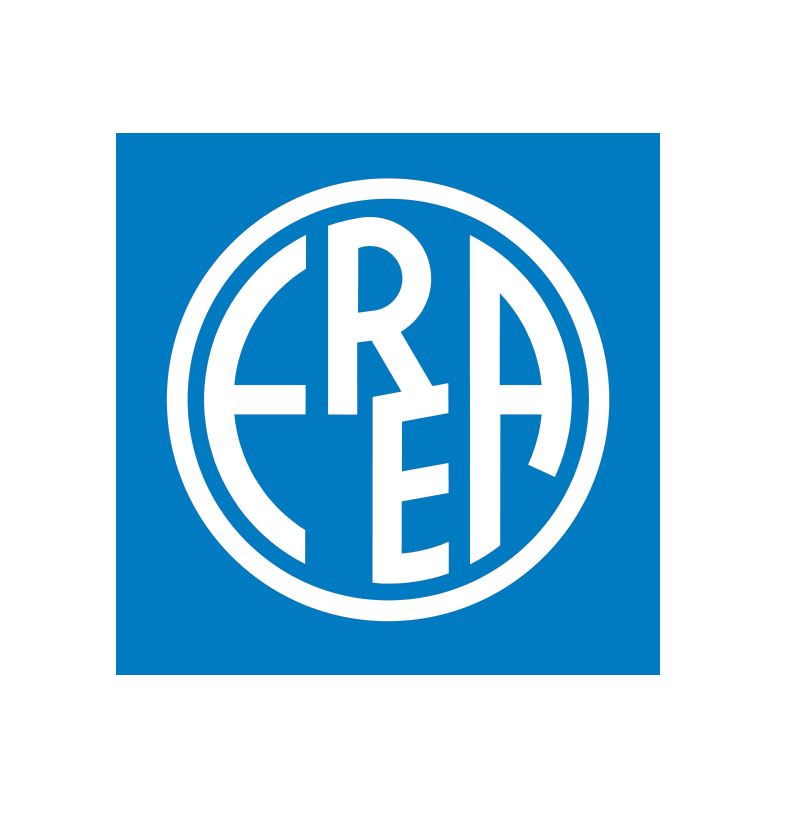







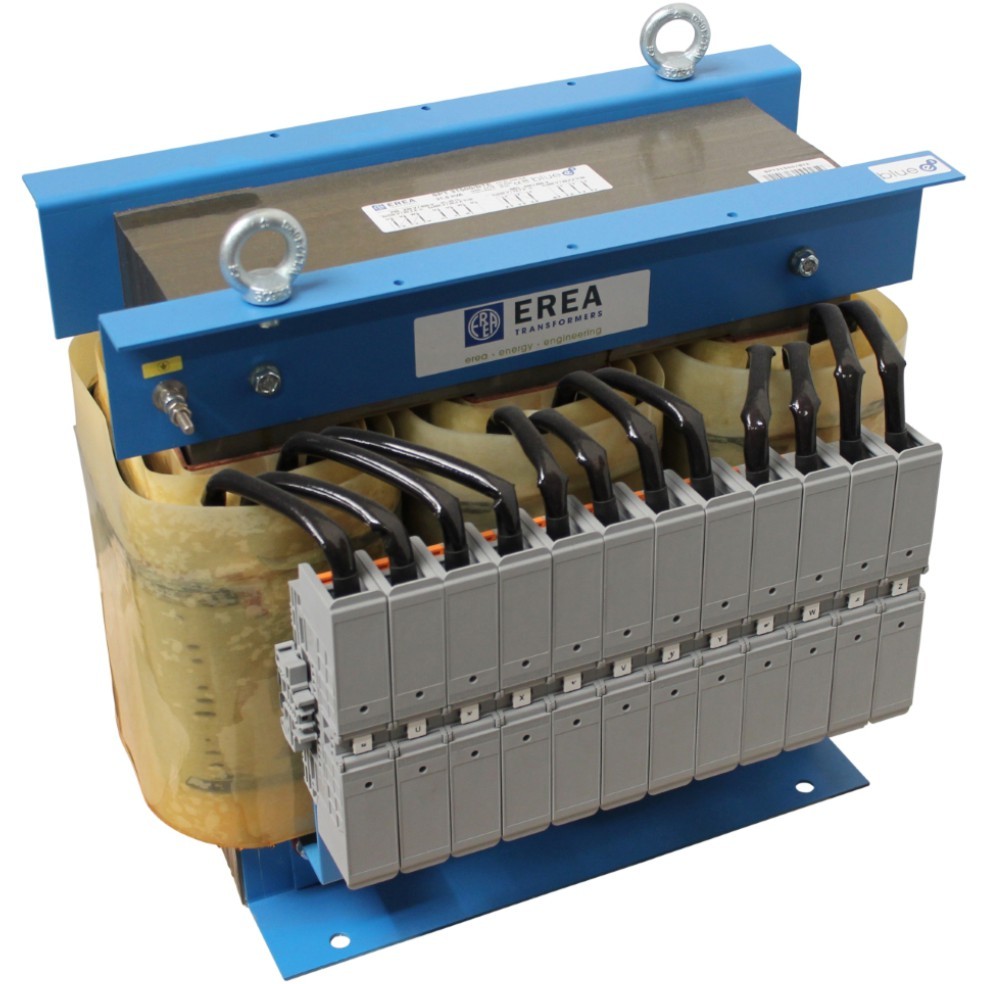
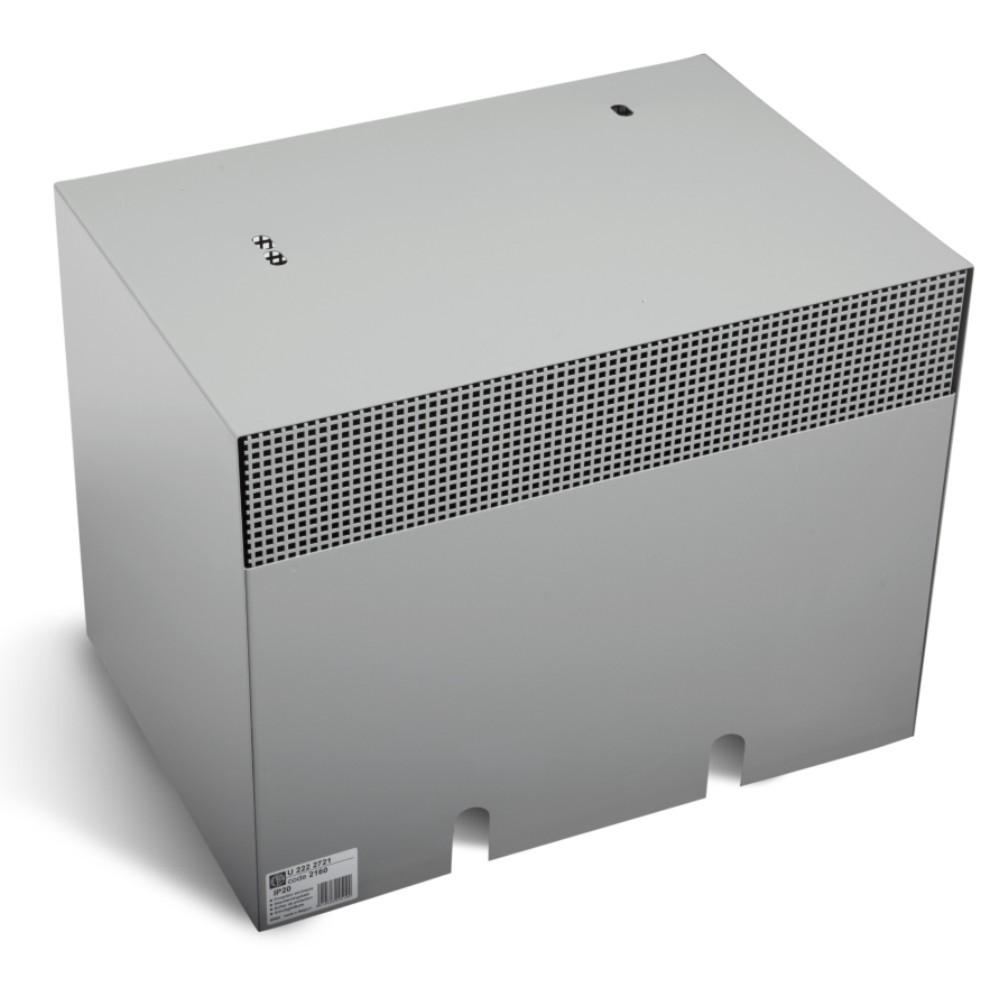
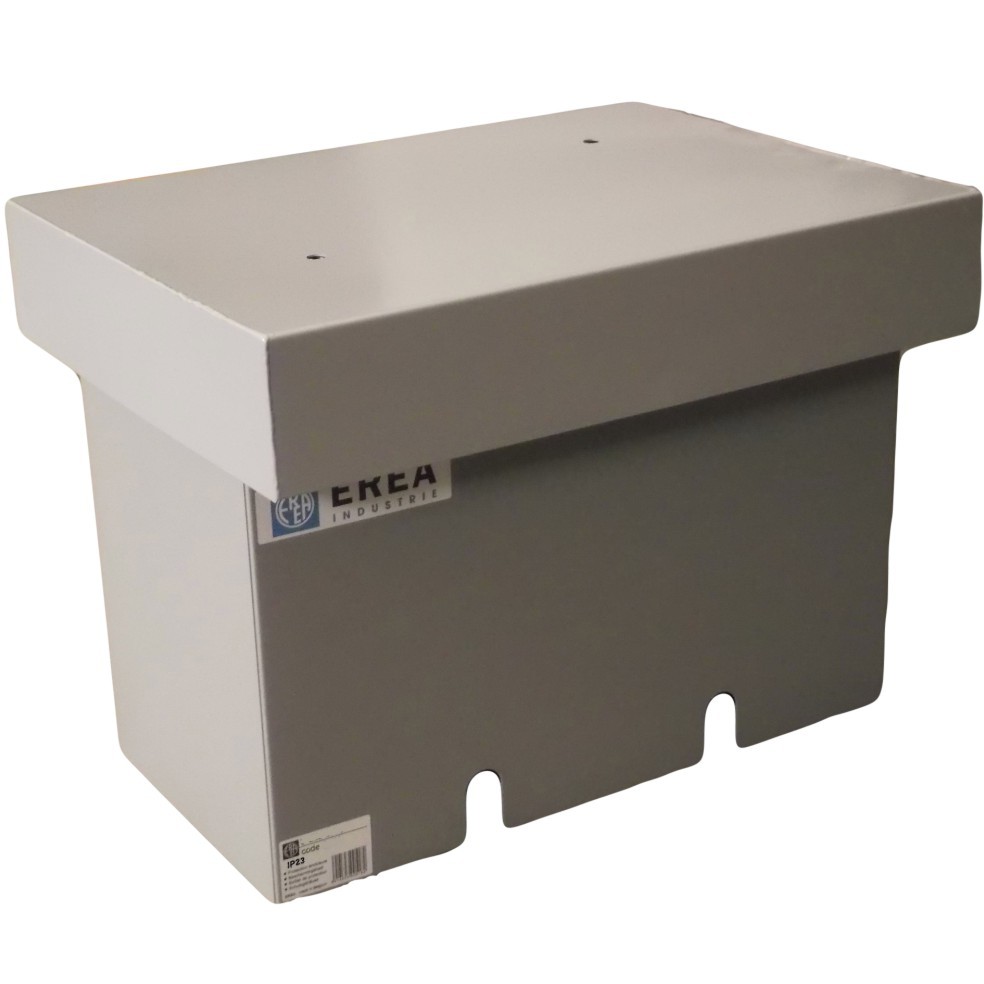
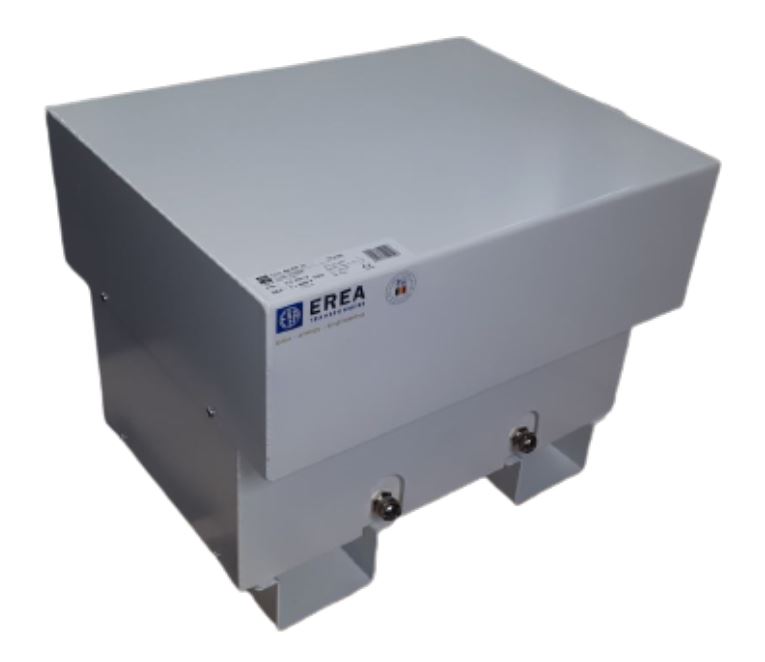
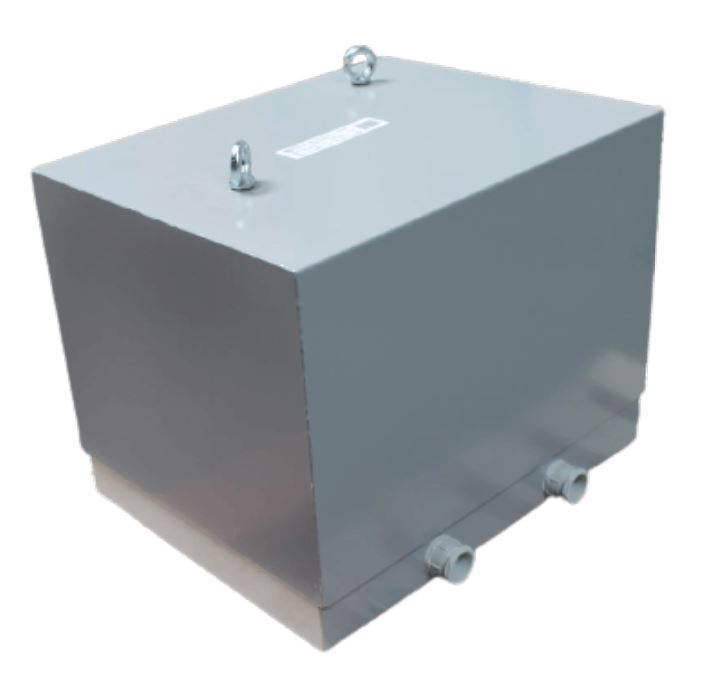
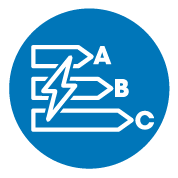
.jpg)

